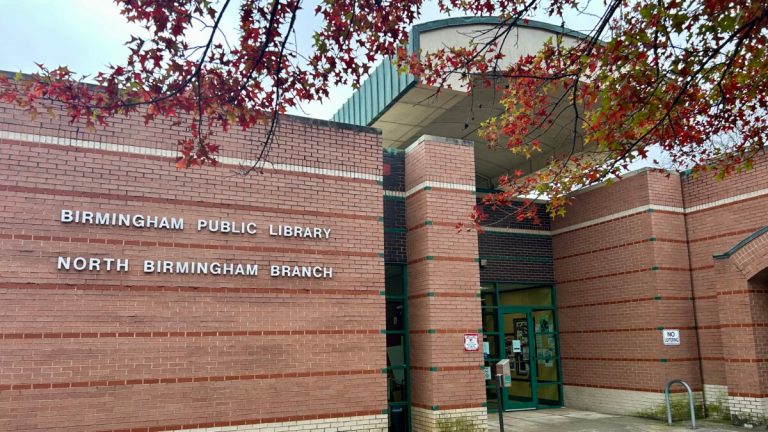Searching for methane leaks leads to solving Google car mystery
Reading time: 3 minutes

According to a Southern Environmental Law Center news report, earlier this month, groups released online maps showing the location and size of methane leaks from natural gas pipes beneath city streets of Birmingham.
The maps were created using Google Street View mapping cars specially equipped with technology developed by Environmental Defense Fund, Google, and Colorado State University. The cars are designed to showcase cutting-edge technologies that help operators prioritize costly pipeline repair and replacement efforts.
Mystery of the Google car solved
Last April, Bham Now took a photo of the Google Street View mapping car that was seen for weeks traveling up and down the streets of Birmingham. The Southern Environmental Law Center has confirmed that the then mysterious vehicle was mapping out methane leaks from natural gas pipes throughout the Magic City.
Here is a photo of the car that was taken in April 2017 at the Wendys restaurant on the corner of 24th St. and 7th Ave. South.

Searching for methane leaks
From information provided by the SELC report, Spire, (formerly Alagasco), which owns the pipes, has been working to replace aging, leak-prone lines throughout its system. Leaks like the ones mapped by the team don’t usually pose an immediate safety threat, but small leaks can add up. And the escaping gas – which is mostly methane – has a powerful effect on the climate, packing 84 times the warming effect of carbon dioxide over a 20-year timeframe.
In Birmingham 168 leaks identified
The Street View mapping cars collected hundreds of thousands of readings over 345 miles of roadway in selected areas of the city from March to May this year, identifying 168 leaks – in line with expectations for a system the age of Birmingham’s. According to federal databases, Spire has about 900 miles of pipe made from cast iron, bare steel, and other leak-prone materials. About 40 percent of their pipes were installed before 1970.
From 2015 to 2016, Spire has made tremendous progress cutting its backlog of known leaks in pipes by 38 percent and reduced their mileage of old, cast iron pipeline mileage by 9 percent.

Alabama ranks in the top fifteen states for miles of leak-prone pipe.
“The opportunity to deploy the unique technology developed by EDF, Google, and Colorado State University allows us to better understand issues facing our city’s energy infrastructure,” said Christina Andreen, staff attorney for SELC’s Birmingham office from the SELC published report “Access to this data helps to prioritize replacement of the leakiest pipes throughout Birmingham, which is a win across the board for the customer, utility, and environment.”
Along with Birmingham, studies were conducted in Boston, Burlington Chicago, Dallas, Indianapolis, Los Angeles, Jacksonville, Mesa, Pittsburgh, Staten Island and Syracuse. To compare each municipality with Birmingham visit the Environmental Defense Fund at:
Birmingham: Snapshot of natural gas leaks
The reports conclude that sharing geographically-attributed leak data can help regulators and ratepayers track utilities’ leak management performance, and ensure cost-efficient emission reductions.



